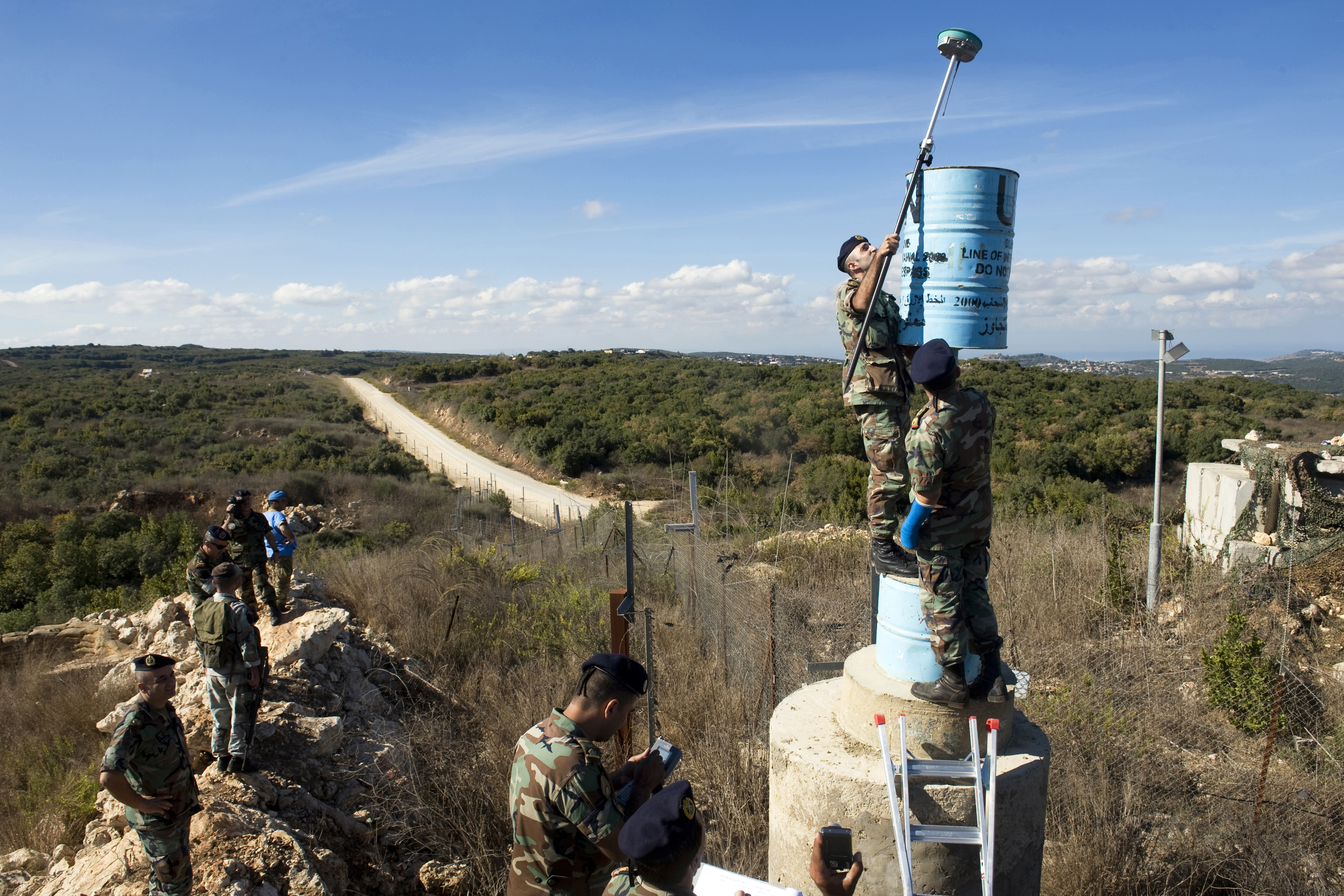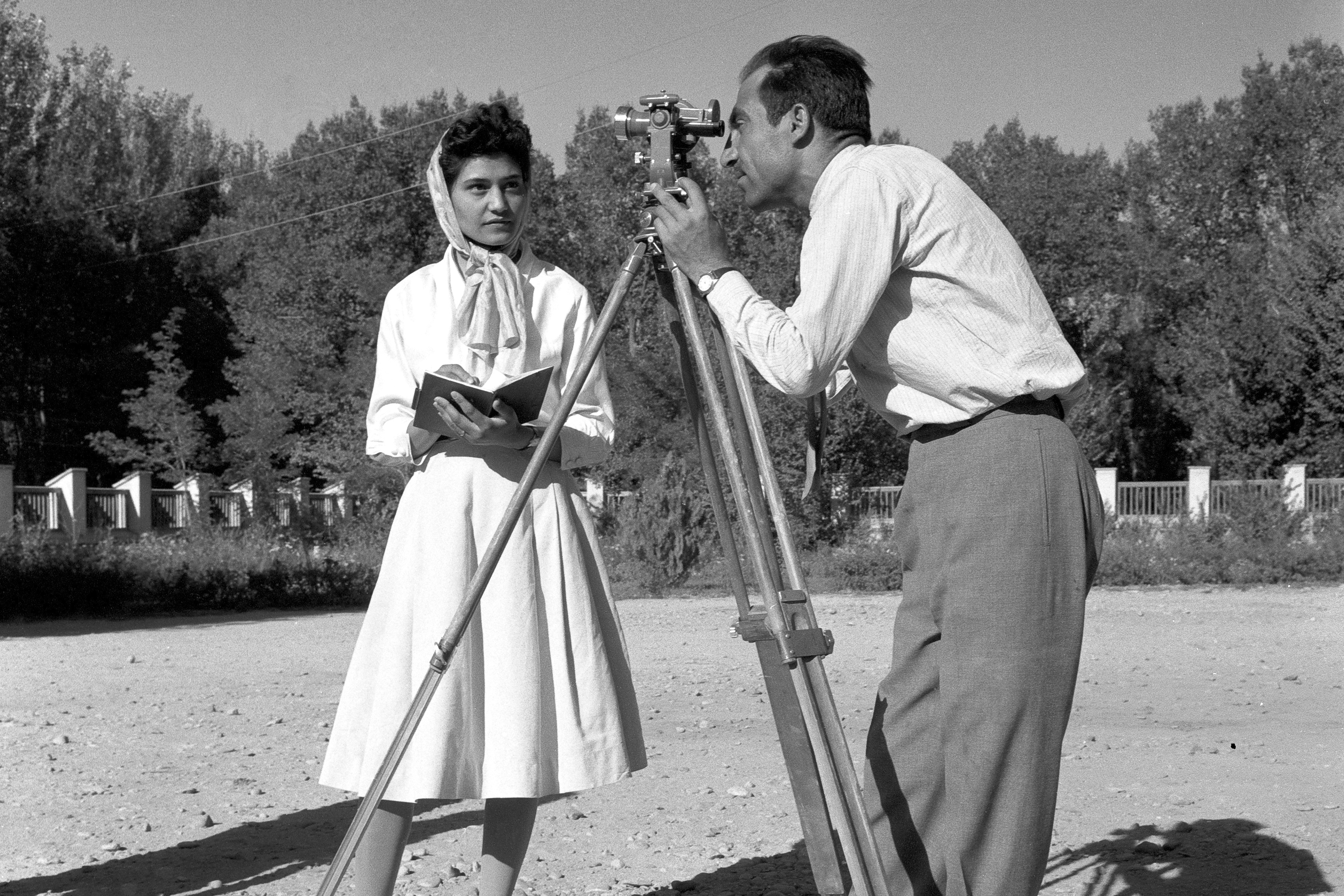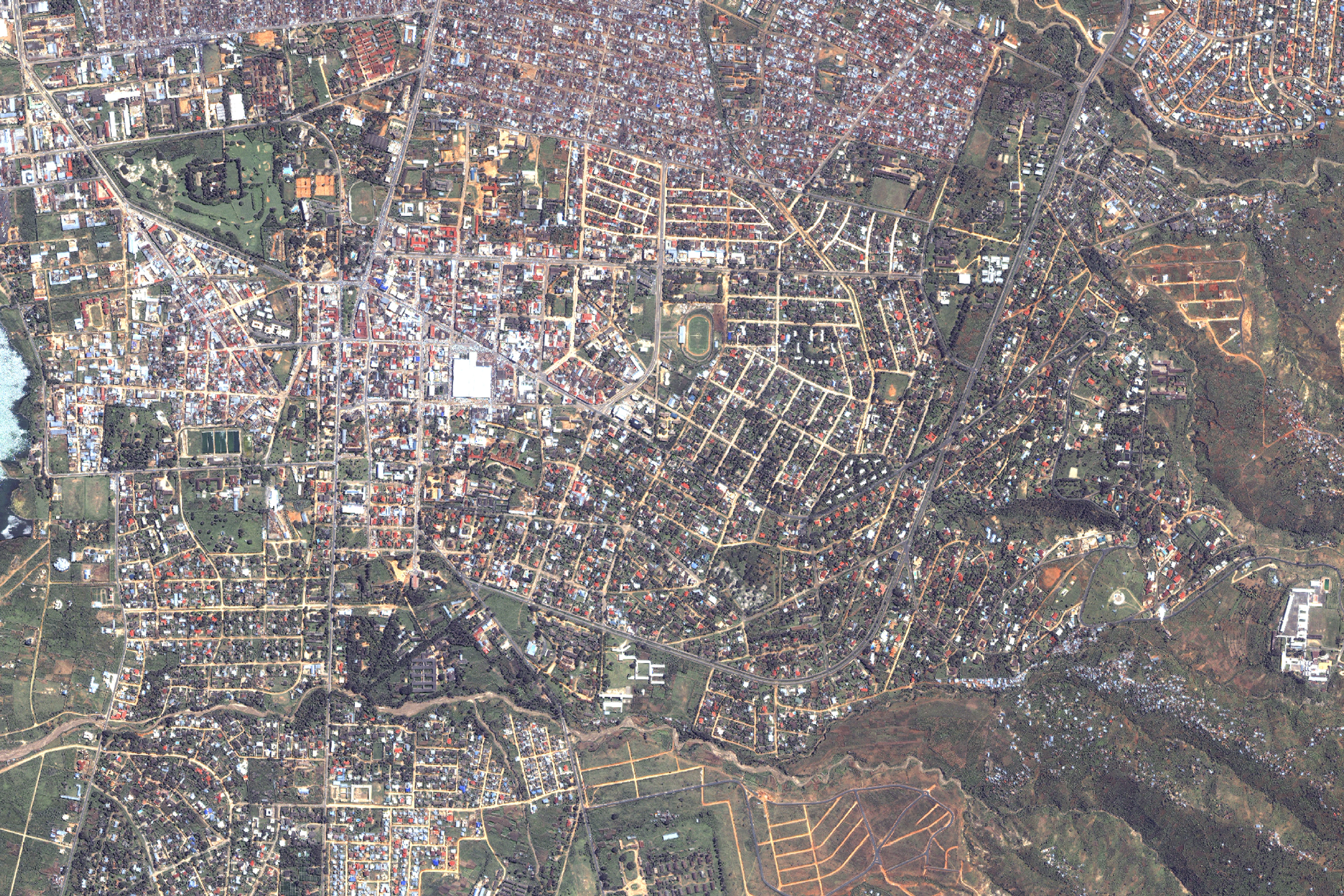Evolving technologies
Geospatial data is data with an associated spatial location. It can include and integrate a wide variety of spatially-referenced data such as imagery, geographic features, areas, point location, and links to statistical tables and spreadsheets.
With the advent of digital technology, geospatial sciences are increasingly integrated in a seamless workflow from collection, processing, management, analysis and dissemination of data and information for increased situational awareness, impact assess of global phenomenon, insights on spatial patterns and support to effective decision-making and related response strategies. The Committee of Experts on Global Geospatial Information Management (UN-GGIM) prepares a more detailed publication on “Future Trends in geospatial information management” every five years to review the latest developments and trends in geospatial information and technology. The below presents a brief review of the use of and changes in geospatial information and technologies in the United Nations and initial perspectives as to the changing nature of this rapidly evolving field.
Cartography & maps
Maps are the traditional medium used to present and visualize geospatial data and analysis. They are the primary means to convey geographic information to users, whether in a paper format, digital, or shared through webservices and applications.
When the United Nations was established in 1945, cartographic materials were reproduced using maps prepared by Member States or were taken from professional publications to which the Secretariat added additional mark-ups, labels and annotations to reflect specific items, discussions or considerations for the proceedings of various meetings.
In the 1950s United Nations maps were prepared using traditional cartographic scribing techniques. Experienced cartographers drew with a pen to prepare reliable and easily readable maps. The freehand drawing of letters for place names was time-consuming. Over time, tools were added to support the hand-drawing of maps with special air pens, brushes, rulers, and lettering guides for improved rendering.
In early 1990s, desktop computers and graphic design software were brought into use in the production of maps Later in the 2000s, cartographic production transitioned to database-driven cartography. Given the inherent advantages over static graphics, the connection between the map and the underlying intelligent geospatial database allows maps to be more easily and efficiently created, updated, repurposed, and overlain with other thematic content.
With the advent of the Internet, cartography has moved online, giving users the ability to interact with and query authoritative, crafted web-maps using mainstreamed geo-web-services and technologies. The web-services can be cross-referenced and used in a single web-interface, enabling users and developers to further customize web-map interfaces and applications with their own information. As the Internet now provides a collective digital canvas, crowd-mapping is on the rise in many organizations to leverage an ever-increasing amount of data generated by volunteers around the world. Maps with dashboards are also increasingly in use as visualization supports crisis monitoring around the world and in country.
Surveys and positioning systems
Land surveying is the science to determine the exact geographic coordinates on the Earth. The measurement of geographic location uses angles and distances from known points of baselines. In the past, surveyors had to make measurement of angle and distance separately by transit using theodolite and metal tapes. Later, the instrument used to make accurate measurements, called a total station, enables measurement of both distance and angle to determine position. Data storage and microcomputer of total station allow surveyors to record the results and conduct basic processing in the field improving the efficiency of surveying and mitigating human error.
Advances in satellite positioning systems have contributed to more efficient, accurate surveying. The Global Navigation Satellite System (GNSS) enables high positional accuracy for a variety of devices, including mobile phones, in-vehicle navigation, digital cameras, and professional-grade surveying devices. Several countries have rolled-out GNSS such as GPS (USA), GLONASS (Russia), GALILEO (EU), and BEIDO (China).
Real-Time Kinematic (RTK) GNSS enables real-time positioning. RTK positioning is widely used in United Nations peacekeeping missions and in boundary demarcation activities. In the United Nations Interim Force In Lebanon or during the Iraq-Kuwait Boundary Maintenance Project, RTK helped to accurately delineate the limits of withdrawal or international boundaries and to record and recorded boundary sites and markers. Nowadays, network RTK, using the Continuously Operating Reference Station, enables positioning with only one GNSS receiver within the reference station network. With Virtual Reference Stations and the use of ICT networks via cell phones, surveyors can now conduct GNSS positioning by a single observation at a mobile receiver. These technological advancements of ICT and satellite positioning systems have dramatically improved the efficiency and quality of land surveying, as well as the use of location-based technologies in daily life.
Earth observation
Earth observation is the collection and analysis of geospatial data and information about our planet using a variety of platforms (satellites, airborne…) and remote sensing and other technologies (optical, radar, laser, microwave signals…). Surveying techniques are an integral part of Earth observation.
Aerial photography was used in several early programmes of the United Nations to plan large agricultural or development activities, and on occasion, to observe military activitiesthrough evidence provided by Member States. Earth observation collected by satellites operated by governments and businesses around the world was used by the United Nations in the late 1980s, notably through the availability of medium resolution data which allowed monitoring of changes to the environment (Landsat). Agencies, funds and programmes of the United Nations began to mainstream the use of optical and thermal data to fulfill their mandates.
An office of the United Nations on Outer Space Affairs was created in 1958, to promote international cooperation in the utilization of space science and technology for sustainable economic and social development. The UN Spider programme was established in 2006 to ensure all countries and international and regional organizations have access to, and develop the capacity to use, all types of space-based information to support the full disaster management cycle.
As sub-meter resolution images became available in early 2000, particularly through commercial vendors, satellite data use was expanded to virtually all applications as it enables close monitoring of all facets of human and environmental activities across the globe. As earth observations and satellite images became increasingly available, services of image processing and interpretation were introduced to support the activities and assessments of Panel of Experts, in accordance with specific resolutions of the Security Council. These services are now routinely used in this context.
Of late, multi-sensors such as digital camera and LiDAR, are often installed on aircraft, which enables collecting both image data and LiDAR data at the same time. Three-dimensional point cloud data of ground surfaces collected by laser scanners can be processed to create a Digital Surface Model (DSM). Optical satellite images are used to develop topographic maps. Mobile Mapping Systems (MMS), which are often installed in digital cameras, GNSS receivers, and LiDAR, provide mapping capabilities for road maps, street views, and more. Topographic maps are now often developed through a combination of surveying and positioning technologies, depending on requirements.
In the late 2010s, a series of micro- and nanosatellites were launched by the private sector to the lower part of earth’s orbit to enhance detailed and continuous earth observation. The ability to capture earth data further increased with the popularization of un-manned aerial systems, or “drones,” which allow countries to affordably develop this capacity, without the difficulties associated with cloud cover. This growth of available earth observation data associated with the exponential increase in digital computing power, machine learning, and artificial intelligence provides opportunities for the peaceful use of geospatial information for the benefit of people and the planet.













